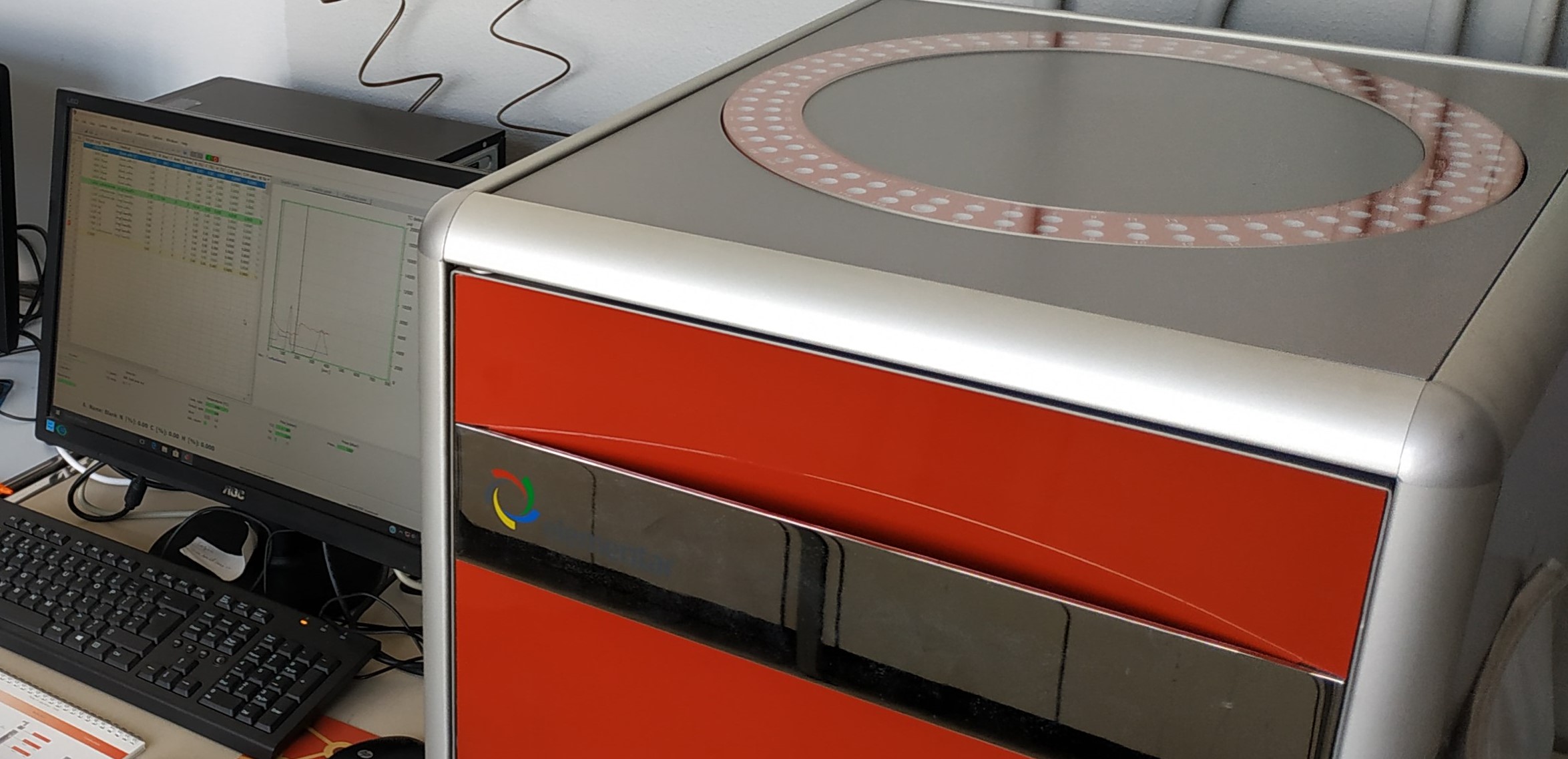Elemental Analysis and Atomic Absorption Facility
The research Facility offers a wide range of instrumentation ideal for the
characterization of chemical compounds in terms of purity, with particular
applications in the pharmaceutical field.
These range from the mineralization process in an acid environment to
solvent-free extraction, from analyzing the purity of an A.P.I. to determining
its content in terms of heavy metals, to determining TC/TOC in waters used in
the formulation of injectable drugs
The Facility offers the presence of a Facility Supervisor and a Facility
manager who can prepare routine analyses and propose new analysis protocols on
a wide variety of matrices
Atomic Absorption
Atomic absorption spectroscopy (AAS), in both flame and furnace graphite mode, is one of the best methods for determination of the metal concentrations in various specimens that are dissolved in acid. Mineralization and dissolution of samples are the vital steps in many procedures, especially in the case of low-metal concentrations. The technique can be applied for impurity tests for trace metals as well as for assay of various commonly occurring elements in pharmaceuticals.
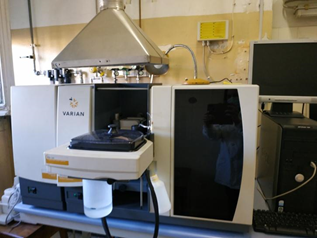
AAS graphite furnace mode
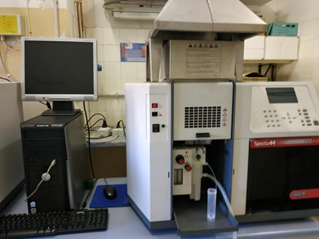
AAS flame mode
Based on the sensitive AC-modulated Zeeman technique, which is proven to give the best detection limits of any Zeeman spectrometer, the Agilent 240Z AA with up to 4 fixed lamp positions offers the highest sensitivity, performance and simplicity of operation. The instrument is supplied with the GTA 120 Zeeman graphite tube atomizer for superior graphite furnace performance. The furnace and flame are controlled by Agilent Worksheet Software with only one PC, which minimizes training by delivering rapid instrument set-up, easy operation, and simple method development. In this way you can have the widest linear dynamic range, from sub parts-per-billion to percent levels, allowing analysis of any sample. Dedicated atomizers eliminate setup and changeover times.
Elemental Analysis
CHNS elemental analysis, also known as “organic elemental analysis” or “elemental microanalysis”, determines the quantities of carbon (C), hydrogen (H), nitrogen (N), sulfur (S) present in a sample. It is a reliable and cost-effective technique for assessing the purity and chemical composition of compounds, which can be applied to a wide range of different sample types and solid, volatile and viscous liquids. It’s important for determination of the composition, structure and purity of organic chemicals present in pharmaceutical products, both in the research and development phase and in the production phase.

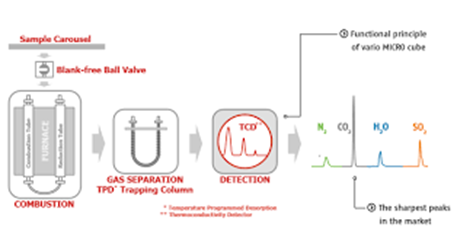
The vario MicroCube offers nitrogen, carbon, hydrogen and sulfur, determination by high-temperature combustion according to Dumas via a thermal conductivity detector (TCD). This TCD has been tuned for highest sensitivity, resulting in an analyzer that can quantify trace carbon and nitrogen with a detection limit of 10 µg/g or 10 ppm. Reliable results due to blank-free sample introduction, via “ball valve ®” and jet-injection of oxygen to the point of combustion which ensures complete conversion of the sample to measuring gas; a prerequisite for highly precise and matrix-independent elemental analysis.
Separation of gaseous components via our TPD® column. This column releases individual gases at different temperatures. The release of a gas is only initiated when the prior gas peak has reached baseline. This results in perfect peak separation without overlap, and automatic optimization of the analysis time.
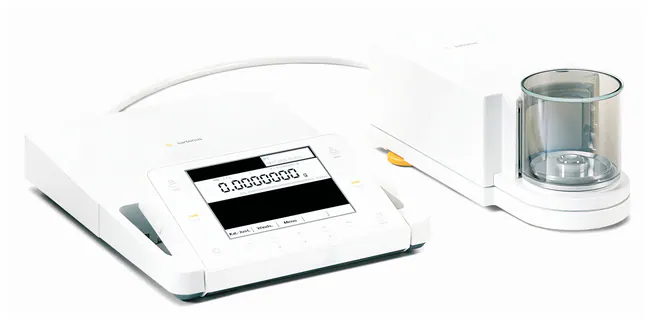
Other equipment
Start D – Microwave digestion System – Milestone
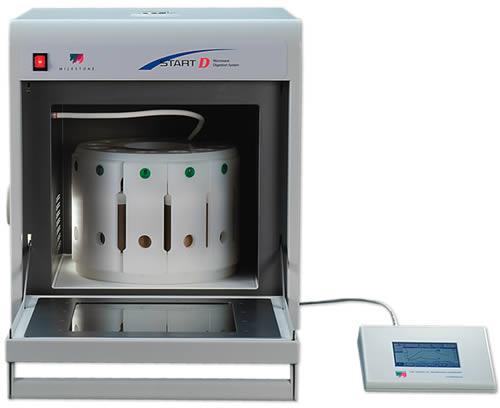
The START D is equipped with a single industrial magnetron.Typical delivered power is 1200 watts, allowing rapid heating of high throughput rotors.A microwave diffuser located above the microwave cavity evenly distributes microwaves throughout the cavity,preventing localized hot and cold spots.The START D is equipped with the most advanced reaction sensors for temperature and pressure control.
Ethos X – Advanced microwave extraction system – Milestone
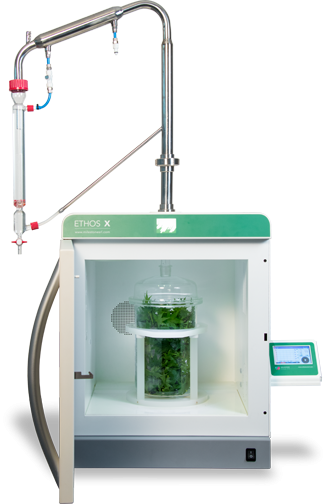
Ethos X takes advantage of innovative and proprietary technology. The fragrances configuration is based on the solvent free microwave extraction (SFME) technology for the rapid extraction at atmospheric pressure of essential oils from aromatic herbs, spices and dry seed, developed at the Laboratory of Chemistry of Natural Substances and Food Sciences at the Université de la Réunion, France. The method involves placing the sample in the microwave reactor, without any added solvent of water. A cooling system outside the microwave continuously condenses the vapors which are collected in a dedicated fragrances glassware. Once the essential oils have been extracted, they can be analyzed by GC-MS without any preliminary clean-up or solvent exchange steps.
Contact and info
Contact the manager before booking, asking about facility rates
Facility manager: Dott.ssa Michela Paccagnella
Phone: 049 8275374
e-mail: mic.paccagnella@unipd.it
Scientific supervisor:
For Elemental Analysis: Prof.ssa Valentina Gandin
For Atomic Absorption: Prof. Stefano Dall’Acqua
Location: Building A, Via Marzolo 5
(Cod. geotec: 00190 02 035, 036, 037)
Booking
To book an elemental analysis or atomic absorption session, fill out the form and upload it.
Publications
“The beeswax processing by-product: a potential antibacterial ingredient for food and nutraceutical applications”
Gregorio Peron, Nadia Alessandra Carmo dos Santos, Irene Ferrarese, Filippo Rizzo, Giulia Bernabe,Michela Paccagnella, Marina Panozzo, Stefano Francescato, Ignazio Castagliuolo, Stefano Dall’Acqua, Maurizio Selva & Alvise Perosa
International Journal of Food Science and Technology 2023 p.1-8
“Valorisation of residual orange peels from PDO cultivars of the Ribera area, Sicily (Italy): extraction, characterization and bioactivity assessment of essential oils and secondary metabolites”
Gregorio Peron, Sara Marcheluzzo, Giulia Bernabé, Gokhan Zengin, Kouadio Ibrahime Sinan, Michela Paccagnella, Ignazio Castagliuolo, Mirella Zancato, Stefano Dall’Acqua
Journal of Functional Foods 116 (2024) 106147
“Blue Carbon Assessment in the Salt Marshes of the Venice Lagoon: Dimensions, Variability and Influence of Storm-surge Regulation”
Alice Puppin, Davide Tognin, Michela Paccagnella, Mirella Zancato, Massimiliano Ghinassi, Marco Marani, and Andrea D’Alpaos. Earth’s Future.
“Water and Electrolyte content in hypertension in the skin (WHYSKI) in primary aldosteronism“
Francesca Torresan, Federico B. Rossi, Ilaria Caputo, Sofia Zanin, Brasilina Caroccia, Andrea Mattarei, Michela Paccagnella, Eva Kohlscheen,Teresa M. Seccia, Maurizio Iacobone and Gian-Paolo Rossi
Hypertension, 2024;81:00-00,DOI: 10.1161/HYPERTENSIONAHA.124.23700 December 2024. p 1-11

